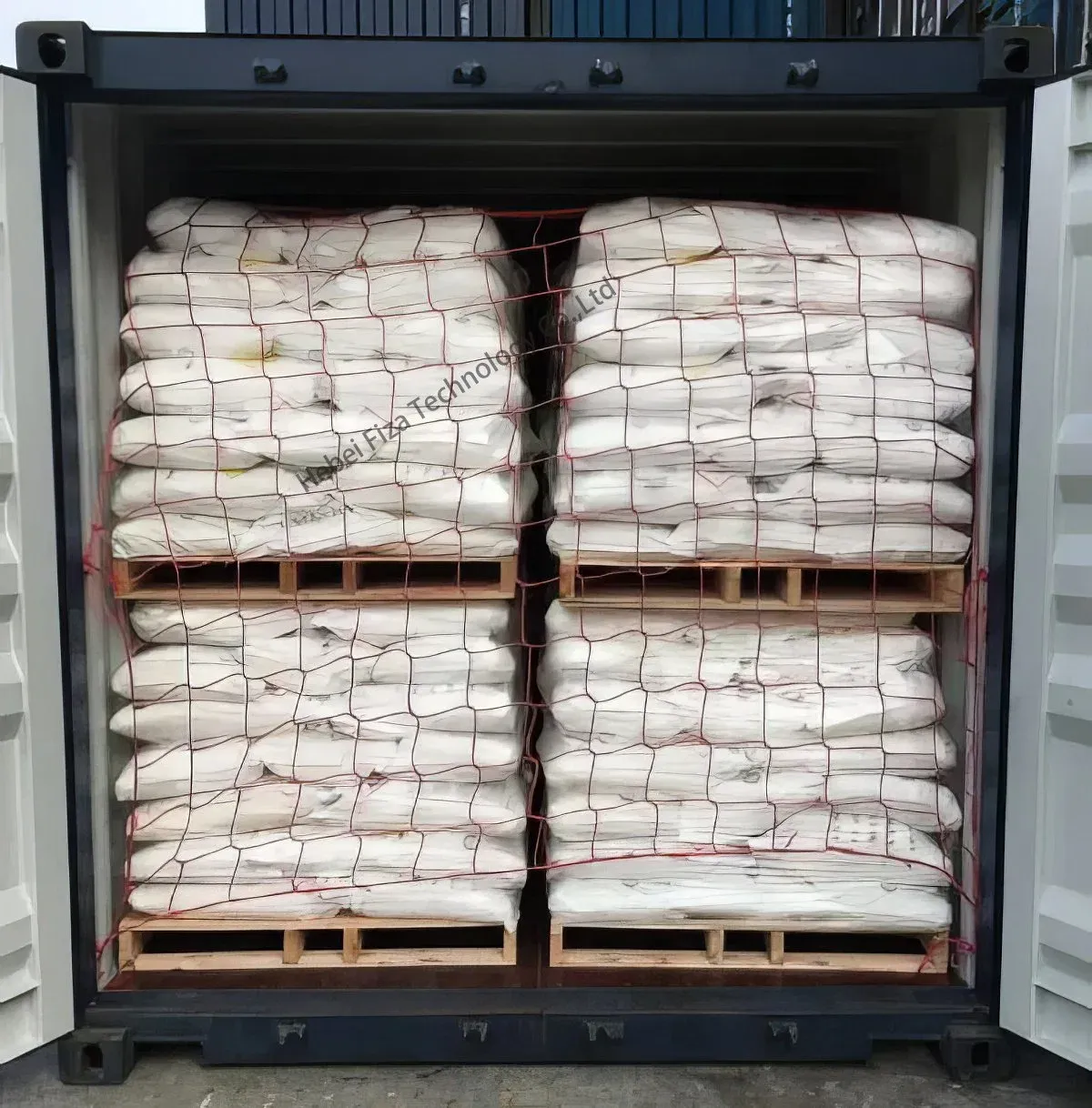



Slow Release Technology for Chlorine Dioxide Applications in Water Treatment and Disinfection
Understanding Chlorine Dioxide Slow Release Technology
Chlorine dioxide (ClO2) is a powerful and effective disinfectant known for its versatility and efficiency in water treatment, food processing, and various industrial applications. With growing concerns about environmental impacts and the safety of traditional chemical disinfectants, the slow release technology for chlorine dioxide has emerged as a promising solution. This article explores the principles, benefits, and applications of chlorine dioxide slow release systems.
Chlorine dioxide is different from chlorine. While chlorine gas reacts quickly and can form harmful byproducts, chlorine dioxide is a more stable compound that produces fewer undesirable residues when used as a disinfectant. Its antimicrobial properties make it effective against bacteria, viruses, and pathogens, thus making it a preferred choice for ensuring public health and safety.
Slow release technology refers to the method of gradually releasing a substance over time, which enhances its effectiveness while minimizing volatility and toxicity. In the case of chlorine dioxide, slow release systems are designed to provide a controlled, sustained release of ClO2 gas or solutions into a specific environment. This technology can be applied in various contexts, including water treatment facilities, industrial processes, and even within buildings for air purification.
One of the primary advantages of using chlorine dioxide slow release systems is their ability to maintain effective disinfection levels over extended periods. Traditional disinfecting methods often require frequent application, which can lead to spikes in chemical concentrations and potential exposure risks for workers. In contrast, slow release systems ensure that chlorine dioxide is continually available in optimal amounts, providing a consistent disinfecting environment without the need for constant manual application.
Another benefit is the reduction of chemical waste. By allowing for a steady release, the technology minimizes the excess chemicals that can accumulate and potentially harm the environment. It also reduces the dependency on high concentrations of disinfectants, contributing to more sustainable practices in various industries. This is particularly important as regulations on chemical usage become stricter, and industries seek safer, greener alternatives.
chlorine dioxide slow release

The applications of chlorine dioxide slow release technology are vast and varied. In municipal water treatment, it is used to maintain residual levels of disinfection to prevent the growth of harmful microorganisms in distribution systems. By employing slow release ClO2, water treatment facilities can provide potable water that remains safe from contamination during storage and transport.
In the food processing industry, chlorine dioxide's ability to eliminate pathogens without leaving harmful residues is invaluable. Slow release technology allows for continuous sanitation of equipment, surfaces, and even packaging materials, ensuring food safety throughout the supply chain. This is especially relevant in an era where foodborne illnesses are a growing concern among consumers.
Moreover, slow release chlorine dioxide can be utilized in HVAC systems for air purification. As ClO2 is effective against mold, bacteria, and viruses, implementing slow release systems in ventilation settings can significantly improve indoor air quality. This is particularly beneficial in hospitals, schools, and public buildings, where maintaining a healthy environment is critical.
Despite its numerous advantages, the use of chlorine dioxide slow release systems does require careful handling and monitoring. While ClO2 is safer than many traditional disinfectants, it is still a reactive compound that can pose risks if not managed properly. Therefore, operators must be trained to understand its properties, as well as proper calibration and maintenance of the slow release systems.
In conclusion, chlorine dioxide slow release technology represents a significant advancement in disinfection practices. By offering consistent, sustainable, and efficient disinfection solutions, it addresses modern challenges in public health and environmental safety. As industries continue to prioritize safety and sustainability, embracing slow release ClO2 systems will undoubtedly play a crucial role in achieving these goals. As research and technology evolve, we can expect to see even more innovative applications of chlorine dioxide slow release systems, benefiting both industry and society as a whole.
-
Why Sodium Persulfate Is Everywhere NowNewsJul.07,2025
-
Why Polyacrylamide Is in High DemandNewsJul.07,2025
-
Understanding Paint Chemicals and Their ApplicationsNewsJul.07,2025
-
Smart Use Of Mining ChemicalsNewsJul.07,2025
-
Practical Uses of Potassium MonopersulfateNewsJul.07,2025
-
Agrochemicals In Real FarmingNewsJul.07,2025
-
Sodium Chlorite Hot UsesNewsJul.01,2025










